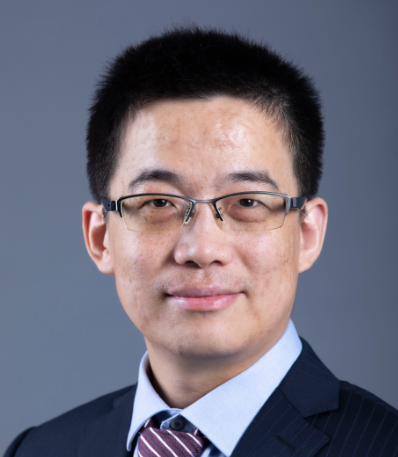Biotechnology & medicine
Peilong Lu
He accurately designed multi-pass transmembrane proteins from scratch

Asia Pacific
Thanh Duc Nguyen
Smart biodegradable polymer for medical applications

Europe
Ester Caffarel Salvador
Her innovative oral insulin pill may eliminate needles used to treat diabetes

Europe
Alexandre Colavin
His improved interpretation of genetic tests perfects diagnoses and enhances personalized medicine

Latin America
Carlos Monroy
His bioreactors composed of microalgae kidnap the carbon in the atmosphere
